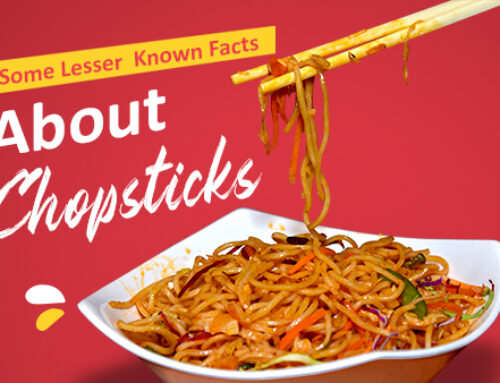Are you looking to enjoy a bowl of classic Chinese herbal soup? Well, you can either head to the closest Noodle Oodle outlet where we strive to do Asian right or go through this blog post.
Most Chinese herbal soups are made using traditional ingredients that provide a full range of health benefits to consumers. Whether you are in search of something nourishing or cosy, you’re bound to enjoy a wide range of benefits from recipes that can aid the entire family. Plus, herbal soups are one of the most beloved dishes in the culture and are considered to be a cure-all for imbalances in the mind, soul and body, illnesses and can also boost the immune system. To know more about the ingredients used in traditional Chinese herbal soups, keep reading this blog post.
A Brief Introduction to Ingredients Used in Chinese Herbal Soups
Here is a post introducing you to some commonly used ingredients in Chinese herbal soups.
- Sun-Dried Chinese Yam
You can purchase premium Chinese yams or even fresh ones. However, the dried variety is generally used to prepare herbal soups while the fresh ones are used in stir-fries, salads and soups too. The yams are generally cut lengthwise and dried to make them appear similar to white chalk. It can be grown naturally, has a sweet flavour and has a range of nutrients that can help regulate sugar levels and aid in digestion too. Consuming it regularly can help stabilize the kidneys as well.
- Wolfberries
These berries are grown natively in Asia and are derived from the Lycium barbarum L. fruit. They are typically dried when the fruit becomes ripe and are one of the herbs that are added during the final steps of preparing the herbal soup. It can provide nourishment to the liver; help boost kidney function and enhance vision. Many also believe that it has the ability to reduce high blood sugar levels.
- Codonopsis Root
This root is a dried version of the codonopsis Pilosula plant and is grown widely in China and harvested in Autumn. Either a drying machine is used or they are dried under natural sunlight. Since the roots are quite long, they need to be cut into smaller segments to be used in soup preparations. They are typically used as a Qi tonic herb and often as a substitute for ginseng root as they are more cost-effective. It’s believed that the root can relieve stress, cure digestive problems and fight fatigue and tiredness.
- White Fungus
The white fungus is an edible fungus that grows on different types of deciduous trees in many Asian countries. It has a firm texture and doesn’t contain any flavours of its own. While reading the name you may think the best varieties might be white in colour, it’s actually better to pick the ones that have a slightly yellowish-white colour with a completely yellow centre. It is dried out before being sold and some of the benefits it offers include providing moisture and nourishment to the lungs. With continued consumption, you will be able to see an improvement in your complexion and plump skin too. Over time, you will see issues with coughs, constipation and chapped lips subside. Furthermore, it can help lower high blood sugar levels and can also treat insomnia in those that find it difficult to sleep through the night. If you are looking to make a slightly rich herbal soup, you can also add red dates and lotus seeds along with the other ingredients.
As you can see, traditionally used ingredients in Chinese herbal soups can help cure numerous ailments. Along with helping cleanse the body of toxins it can also do other things to ensure consumers have a healthy body over the years.


